
On the surface, the iPhone 12 vs iPhone 12 Pro are very similar phones. They both feature 6.1-inch OLED displays with flat-edge designs and Apple’s A14 Bionic processor inside, but look a little closer, and there are several notable differences worth exploring.
If you’re shopping for a new iPhone 12 in 2021, here’s everything you need to know about the iPhone 12 vs iPhone 12 Pro. Plus, should you wait for the iPhone 13?
In this comparison, we focus specifically on the 6.1-inch iPhone 12 and the 6.1-inch iPhone 12 Pro. While the iPhone 12 mini and iPhone 12 are largely the same phones, there are some key differences in terms of display size and resolution. The iPhone 12 Pro and iPhone 12 Pro Max also share many of the same features, but there are notable differences in display size and camera technology.
iPhone 12 vs. iPhone 12 Pro: Display
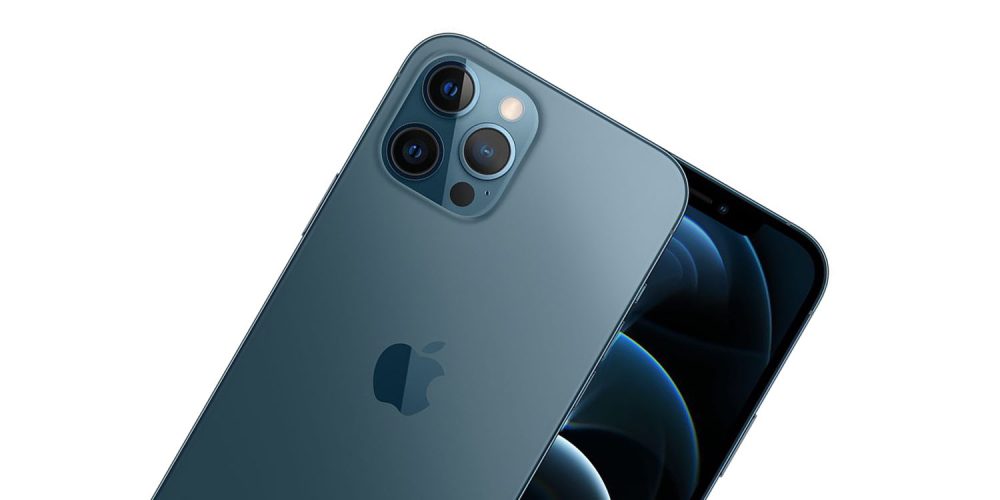
The display technology between the iPhone 12 and the iPhone 12 Pro is nearly the same. Both devices feature a 6.1-inch Super Retina XDR display using OLED technology with a resolution of 2532 x 1170 pixels at 460 pixels per inch.
The one difference is that the iPhone 12 Pro display features a higher “typical” brightness than the iPhone 12 at 800 nits versus 625. The actual max brightness of the displays is the same, however, at 1200 nits, thanks to universal support for HDR.
The iPhone 12 and iPhone 12 Pro displays are both protected by Ceramic Shield technology, which Apple says offers 4x better drop performance than previous iPhones.
Other display features on the iPhone 12 and iPhone 12 Pro include:
- 2,000,000:1 contrast ratio
- True Tone display
- Wide color display (P3)
- Haptic Touch
Design
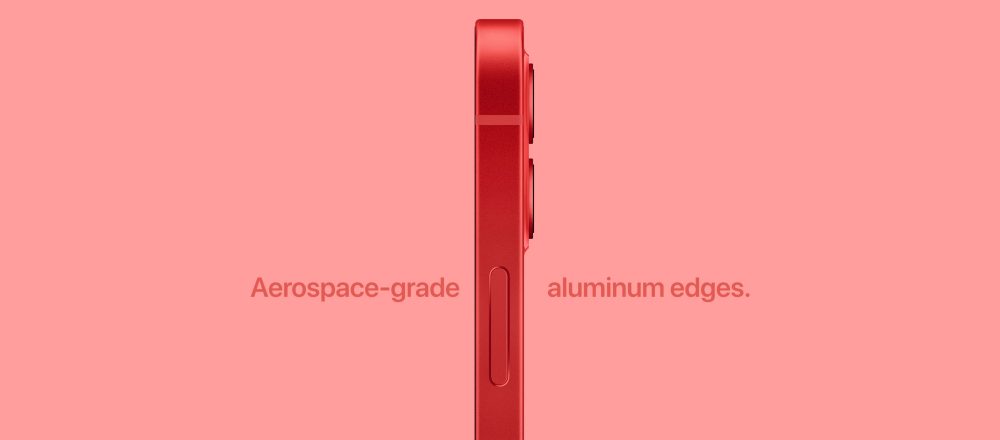
The iPhone 12 and iPhone 12 Pro are very similar in terms of design as well, with both featuring flat edges similar to the iPad Pro as well as the iPhone 4/iPhone 5 days. Both devices also feature edge-to-edge displays with identically sized notch cutouts on the front to house the Face ID sensors.
The key difference in design is that the iPhone 12 is made out of what Apple calls “aerospace-grade aluminum” while the iPhone 12 Pro is made from “surgical-grade stainless steel.” This means that the iPhone 12 has a brushed aluminum finish, while the iPhone 12 Pro features a shiny stainless finish.
The difference in materials between the iPhone 12 and the iPhone 12 Pro also has implications on the weight of the phones. The iPhone 12 weighs in at 5.78 ounces, while the iPhone 12 Pro weighs in at 6.66 ounces.
Other dimensions of the phones are the same:
- Height: 5.78 inches
- Width: 2.82 inches
- Depth: 0.29 inches
Both the iPhone 12 and the iPhone 12 Pro are rated for IP68 splash, water, and dust resistance. Under this rating, the iPhone 12 and iPhone 12 Pro can withstand submersion at a maximum depth of 6 meters for up to 30 minutes.
Performance and battery life
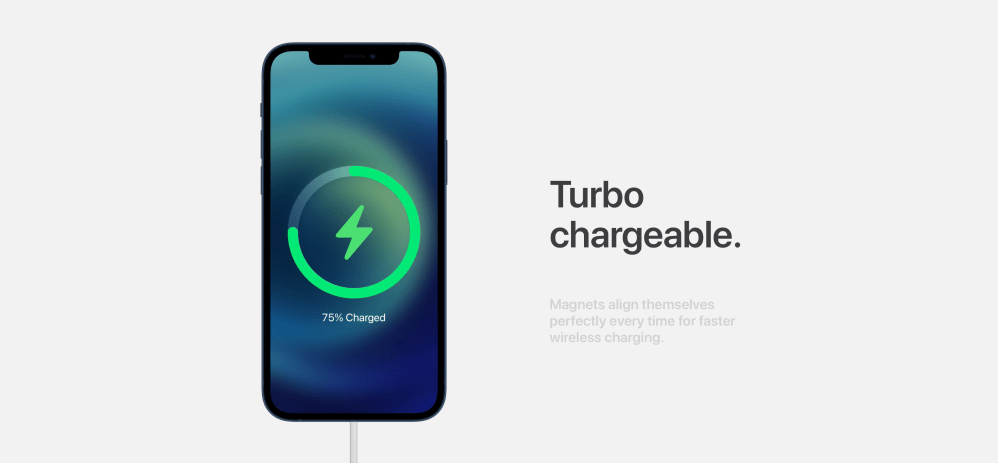
Another area where the iPhone 12 and the iPhone 12 Pro are nearly identical is in regards to processor performance. Both devices feature Apple’s latest A14 Bionic process, which Apple touts is “the fastest chip in a smartphone.” The A14 Bionic features two high-performance cores and four efficiency cores.
Both the iPhone 12 and the iPhone 12 Pro also feature the latest Neural Engine for improved machine learning features and capabilities. Apple says the new 16-core Neural Engine offers an 80% increase in performance compared to the prior generation.
The iPhone 12 Pro features 6GB of RAM, while the iPhone 12 features 4GB. The additional RAM in the iPhone 12 Pro lends itself to a handful of additional camera features, which we’ll touch on in a bit. The RAM difference is unlikely to have a major effect on performance outside of the camera features, though.
Finally, Apple says that the iPhone 12 and iPhone 12 Pro feature the same battery life:
- Video playback: Up to 17 hours
- Video playback (streamed): Up to 11 hours
- Audio playback: Up to 65 hours
Both devices also support fast-charging for getting an up to 50% charge in 30 minutes with a 20W power adapter. There’s also support for 7.5W Qi wireless charging and 15W wireless charging when using a MagSafe wireless charger.
Connectivity
The iPhone 12 lineup is the first iPhone lineup to include5G connectivity, and that extends to the iPhone 12 as well as the iPhone 12 Pro. This means that regardless of which iPhone model you buy, you’ll get the fastest version of 5G available in your area.
In the United States, the iPhone 12 and the iPhone 12 Pro both support sub-6GHz 5G as well as mmWave 5G. Internationally, however, iPhone 12 5G support is limited to sub-6GHz connectivity.
Best iPhone 12 cases:
- Caseology Nano
- ESR Air
- TORRAS Ultra Slim Case
- ESR Leather
Camera
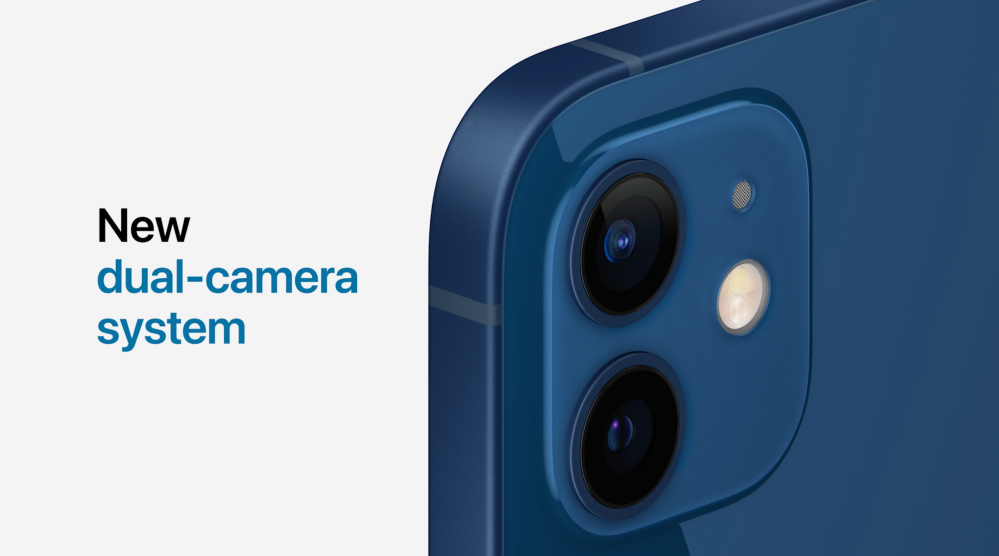
Where the iPhone 12 and iPhone 12 Pro really start to differ, however, is in terms of camera technology.
The iPhone 12 features a dual-camera system with a 12MP ultra wide lens and a 12MP wide lens. You also get software features such as Night mode and Deep Fusion processing alongside optical image stabilization and more.
Here are the iPhone 12 camera features:
- Dual 12MP camera system: Ultra Wide and Wide cameras
- Ultra Wide: ƒ/2.4 aperture and 120° field of view
- Wide: ƒ/1.6 aperture
- 2x optical zoom out
- Digital zoom up to 5x
- Portrait mode with advanced bokeh and Depth Control
- Portrait Lighting with six effects (Natural, Studio, Contour, Stage, Stage Mono, High‑Key Mono)
- Optical image stabilization (Wide)
- Five‑element lens (Ultra Wide); seven‑element lens (Wide)
- Brighter True Tone flash with Slow Sync
- Panorama (up to 63MP)
- Sapphire crystal lens cover
- 100% Focus Pixels (Wide)
- Night mode (Ultra Wide, Wide)
- Deep Fusion (Ultra Wide, Wide)
- Smart HDR 3 with Scene Detection
- Wide color capture for photos and Live Photos
- Lens correction (Ultra Wide)
- Advanced red‑eye correction
- Auto image stabilization
- Burst mode
- Photo geotagging
- Image formats captured: HEIF and JPEG
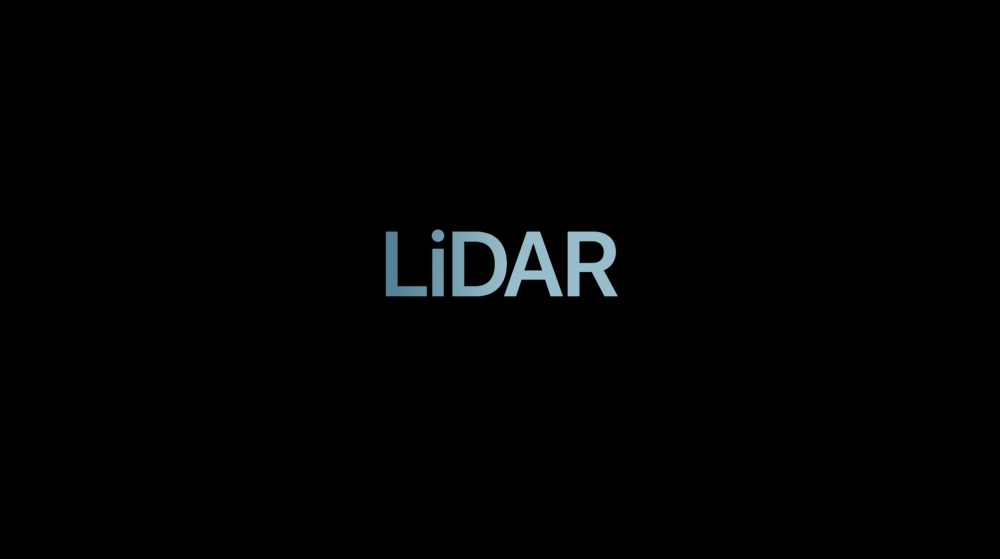
On the other hand, the iPhone 12 Pro features a triple-camera setup consisting of ultra, wide, and telephoto lenses. You also get support for Night mode when using portrait mode, which is made possible by the all-new LiDAR Scanner, exclusive to the iPhone 12 Pro.
Another one of the key differences is that the iPhone 12 Pro features support for Apple’s new ProRAW photo format, which will give iPhone photographers more control over their images and new tools for post-processing.
Here are the iPhone 12 Pro camera features:
- Pro 12MP camera system: Ultra Wide, Wide, and Telephoto cameras
- Ultra Wide: ƒ/2.4 aperture and 120° field of view
- Wide: ƒ/1.6 aperture
- Telephoto: ƒ/2.0 aperture
- 2x optical zoom in, 2x optical zoom out; 4x optical zoom range
- Digital zoom up to 10x
- Night mode portraits enabled by LiDAR Scanner
- Portrait mode with advanced bokeh and Depth Control
- Portrait Lighting with six effects (Natural, Studio, Contour, Stage, Stage Mono, High‑Key Mono)
- Dual optical image stabilization (Wide and Telephoto)
- Five-element lens (Ultra Wide); six‑element lens (Telephoto); seven-element lens (Wide)
- Brighter True Tone flash with Slow Sync
- Panorama (up to 63MP)
- Sapphire crystal lens cover
- 100% Focus Pixels (Wide)
- Night mode (Ultra Wide, Wide)
- Deep Fusion (Ultra Wide, Wide, Telephoto)
- Smart HDR 3 with Scene Detection
- Apple ProRAW
- Wide color capture for photos and Live Photos
- Lens correction (Ultra Wide)
- Advanced red-eye correction
- Photo geotagging
- Auto image stabilization
- Burst mode
- Image formats captured: HEIF and JPEG
The iPhone 12 and iPhone 12 Pro feature the same video recording capabilities, except that the iPhone 12 Pro can record Dolby Vision HDR at up to 60 fps, while the iPhone 12 Dolby Vision support is limited to 30 fps. The iPhone 12 Pro also has a higher digital zoom during recording at 6x versus 3x and 2x optical zoom in support.
Colors, storage, and pricing
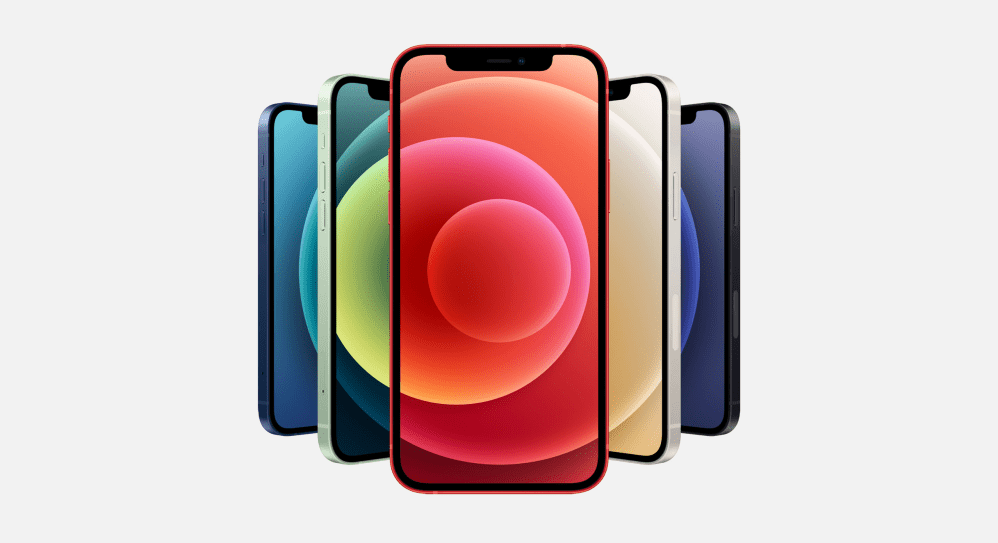
The iPhone 12 is available in five different colors: black, white, Product(RED), green, and blue. The iPhone 12 Pro is available in four different colors: pacific blue, gold, graphite, and silver.
In terms of pricing, the iPhone 12 starts at $829 (or $799 for AT&T, Verizon, Sprint, and T-Mobile customers) for 64GB of storage. You can upgrade to the 128GB configuration for $879 ($849 for AT&T, Verizon, Sprint, and T-Mobile), or to the 256GB configuration for $979 ($949 for AT&T/Verizon).
On the other hand, the iPhone 12 Pro retails for $999 for 128GB of storage, $1099 for 256GB of storage, and $1299 for 512GB of storage.
Included
Citing environmental concerns, Apple is no longer including headphones or a charging brick in the iPhone 12 box this year. Here are some accessories you might consider picking up to help fill that gap and complement your new iPhone.
- Native Union Drop 10W Qi Charger
- Anker 30W USB-C wall charger
- USB-C to Lightning cable
- Lightning to 3.5mm headphone adapter or cable
iPhone 12 vs. iPhone 12 Pro features

What about the iPhone 13?
As you’ve likely seen, rumors about the iPhone 13 or iPhone 12S are starting to gain traction. The iPhone 12S is rumored to bring a handful of new features, but is expected to be an “S” year upgrade over the iPhone 12. We’re also still at least 7 months away from the announcement of the iPhone 13, so the iPhone 12 is still an excellent purchase.
You can keep up with the latest iPhone 13 rumors in our full roundup right here.
Wrap up: iPhone 12 vs. iPhone 12 Pro
As you can see throughout this comparison, the primary differentiating factors between the iPhone 12 and the iPhone 12 Pro are camera features. The iPhone 12 Pro offers a range of different camera capabilities that aren’t supported on the iPhone 12.
When you zoom out and look at non-camera features, the iPhone 12 and iPhone 12 Pro are harder to distinguish from each other. They both feature 6.1-inch OLED displays, 5G connectivity, Apple’s fastest A14 Bionic processor, and similar designs.
For many, if not most, people, the iPhone 12 is more than enough smartphone. It can handle everyday tasks with ease, and the camera will take stunning images even without all of the bells and whistles of the Pro.
What do you think of the iPhone 12 vs. iPhone 12 Pro? Does Apple do enough to justify the $200 premium for the iPhone 12 Pro? Are you planning on gifting an iPhone 12 to anyone this holiday season? Let us know down in the comments!
Author: Chance Miller
Source: 9TO5Google



